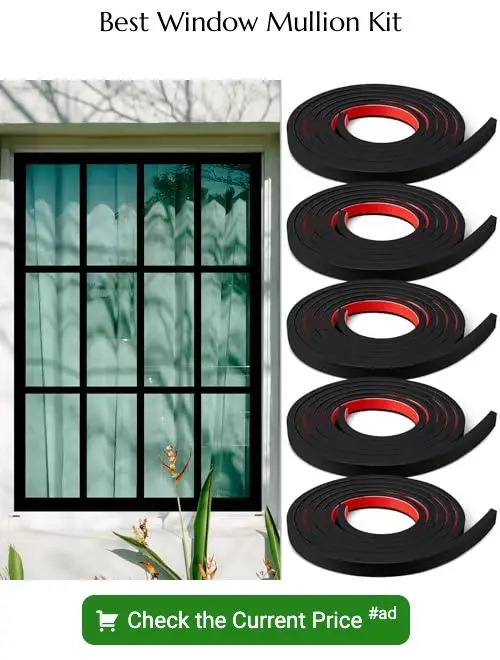Discover the essential role of window mullions in architecture and design as we delve into their function, aesthetics, and history in today’s informative blog post.
Windows are an essential part of any house. They allow natural light to enter the room, provide ventilation, and enhance the aesthetic appeal of the building.
But have you ever heard of a window mullion? If not, don’t worry; you’re not alone. Many homeowners are unfamiliar with this term and its significance in the world of windows.
In this blog post, we’ll explore what a window mullion is and why it’s an essential component of your windows. So sit tight and let’s dive into this fascinating topic together!
Key takeaways:
- Window mullions separate glass panes in a window frame.
- They provide structural support and aesthetic appeal.
- Mullions can be made from wood, vinyl, aluminum, or fiberglass.
- There are various types of mullions, including standard, T-mullion, cross, transom, and corner post.
- You can paint mullions and buy pre-made kits or customize them.
Definition of Window Mullion
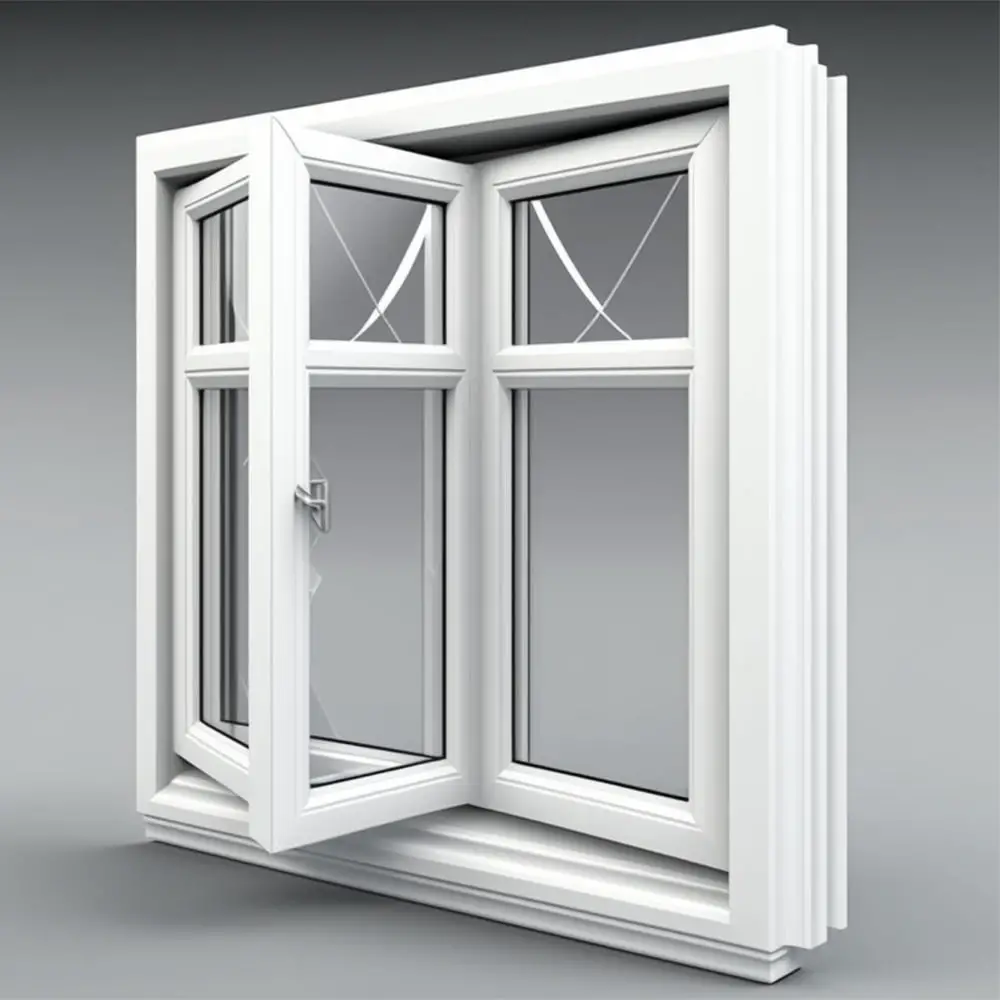
A window mullion is a vertical or horizontal bar that separates two or more panes of glass in a single window frame. It’s also known as a sash bar, divider, or simply put, the part of the window that divides it into smaller sections.
Mullions can be made from various materials such as wood, vinyl, aluminum and fiberglass to match your home’s style and design.
Mullions have been used for centuries in architecture to add structural support to windows while enhancing their aesthetic appeal. They were initially designed for practical purposes but have since evolved into an essential element of modern-day windows’ design.
Historical Background
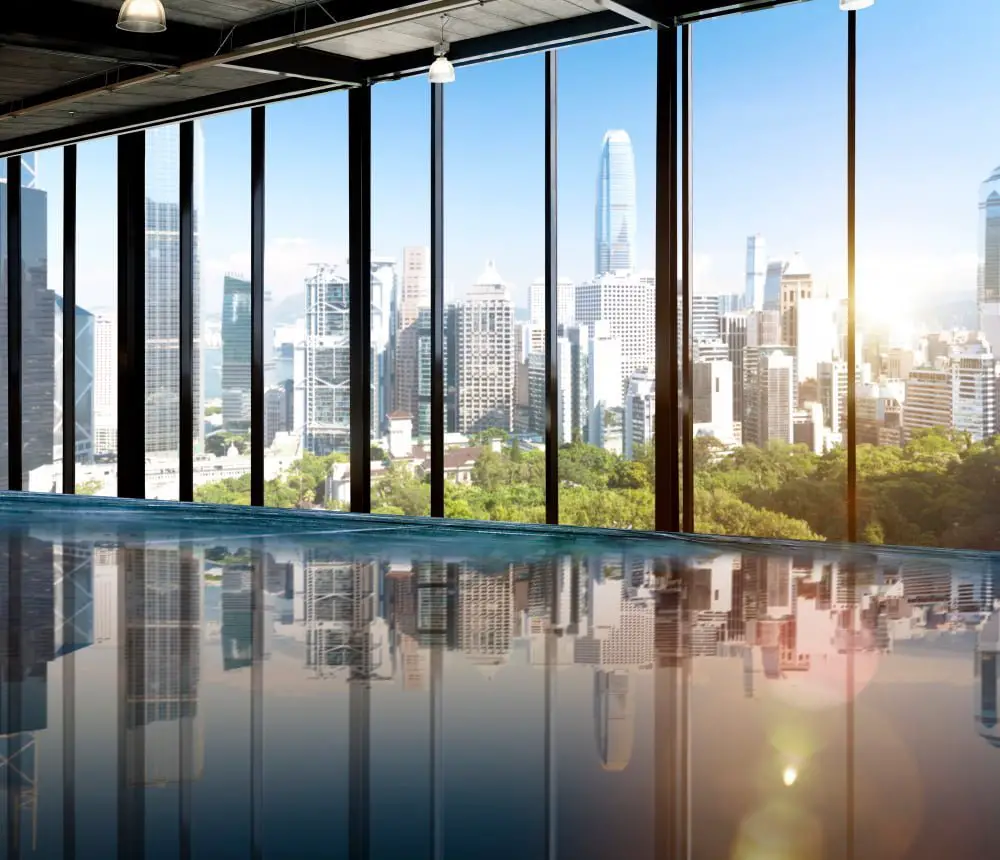
They were initially made of stone, which was a popular building material at the time. Mullions served as structural support for large windows that allowed more light into buildings while maintaining their stability.
As architectural styles evolved, so did window designs. During the Renaissance period, wooden mullions became popular due to their versatility and ease of use compared to stone or metal alternatives.
In modern times, aluminum and vinyl are commonly used materials for window frames and mullions due to their durability and low maintenance requirements.
Purpose and Function
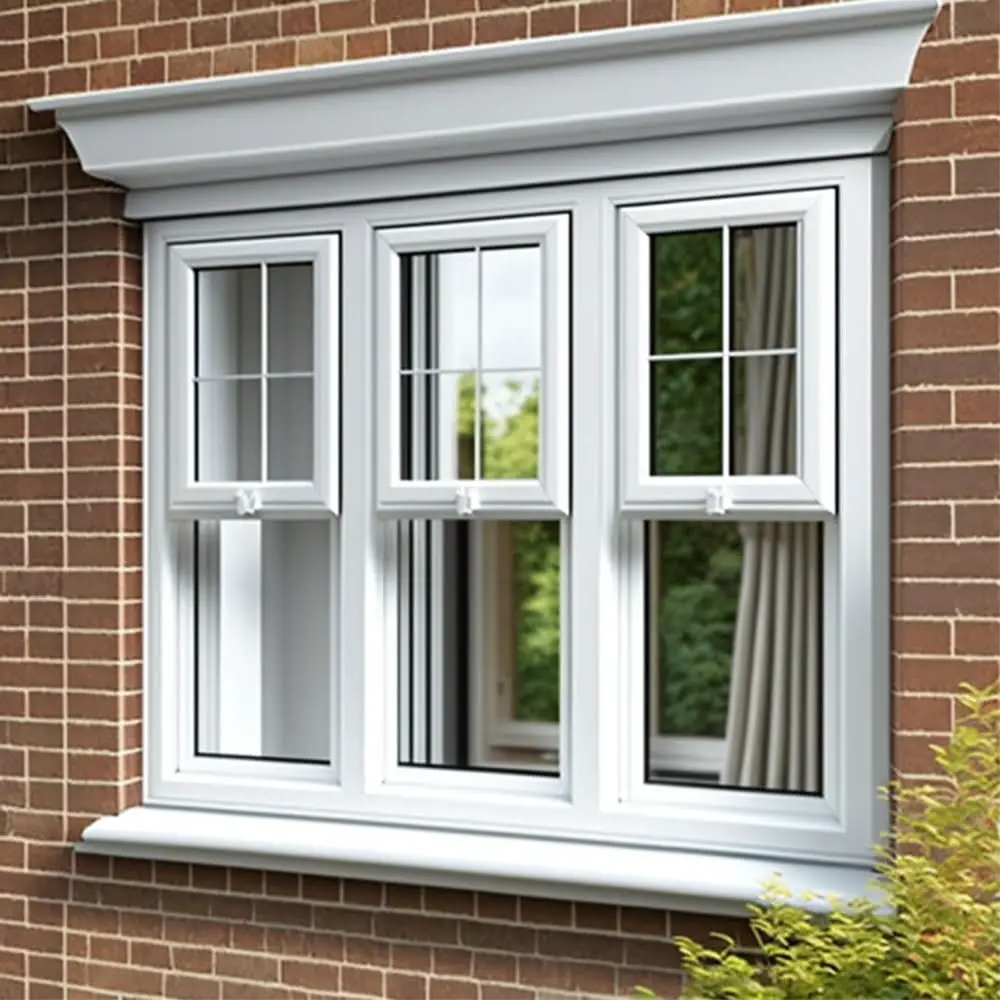
Mullions are vertical or horizontal bars that divide the glass panes in a multi-paneled window. They help distribute the weight of the glass evenly across the frame, preventing it from sagging or breaking under its own weight.
In addition to their structural function, mullions also play an essential role in enhancing your home’s aesthetic appeal. They can be used to create unique designs and patterns on your windows, adding character and charm to your house’s exterior.
Mullions come in various materials such as wood, vinyl, aluminum or fiberglass; each material has its advantages and disadvantages depending on what you’re looking for regarding durability and maintenance requirements.
Mullion Materials and Construction

The choice of material depends on various factors such as the window’s design and style, energy efficiency requirements, durability needs and budget constraints.
Wooden mullions are a popular choice for traditional homes because they offer an authentic look that complements the home’s architectural style. They can be painted or stained to match any color scheme and provide excellent insulation properties.
Aluminum mullions are lightweight yet strong enough to support large glass panes in modern designs. They come in different colors and finishes that can complement your home’s exterior decor.
Vinyl is another popular option due to its low maintenance requirements; it doesn’t require painting or staining like wooden frames do. Vinyl mullions also have good insulating properties which help reduce energy costs by keeping heat inside during winter months while blocking out hot air during summer months.
Fiberglass is a relatively new material used for window construction but has gained popularity due to its strength-to-weight ratio making it ideal for larger windows with thinner profiles than other materials allow. The construction process varies depending on the type of material used; however all types must be installed correctly so they don’t compromise structural integrity nor leak water into your house causing damage over time.
Types of Window Mullions
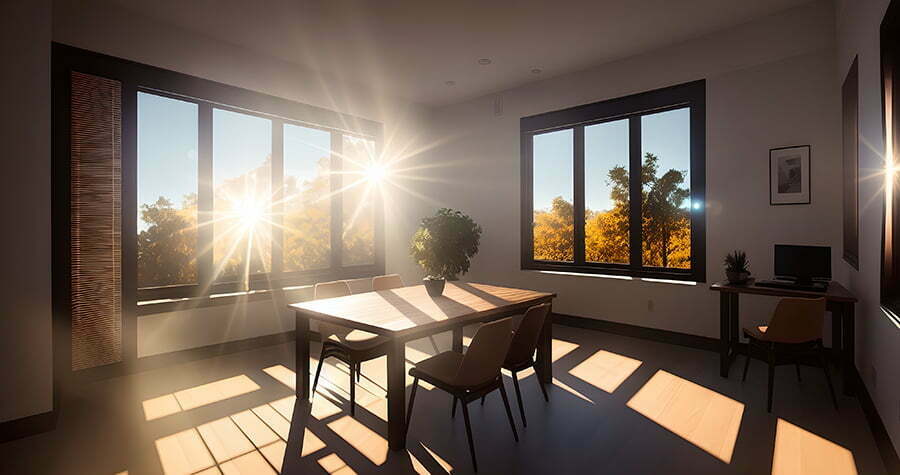
The most common types of window mullions include the following:.
1. Standard Mullion: This is the most basic type of window mullion that runs vertically between two panes of glass.
2. T-Mullion: A T-mullion is a horizontal bar that connects two vertical standard mullions to form a “T” shape.
3. Cross Mullion: A cross-mulling divides a large window into smaller sections by intersecting both horizontally and vertically.
4. Transom Mullion: This type of mulling separates an upper sash from the lower one, allowing for more flexibility in ventilation options while maintaining structural integrity.
5. Corner Post Mullions – These are used when windows meet at corners to provide additional support and stability to the structure.
Mullion Designs
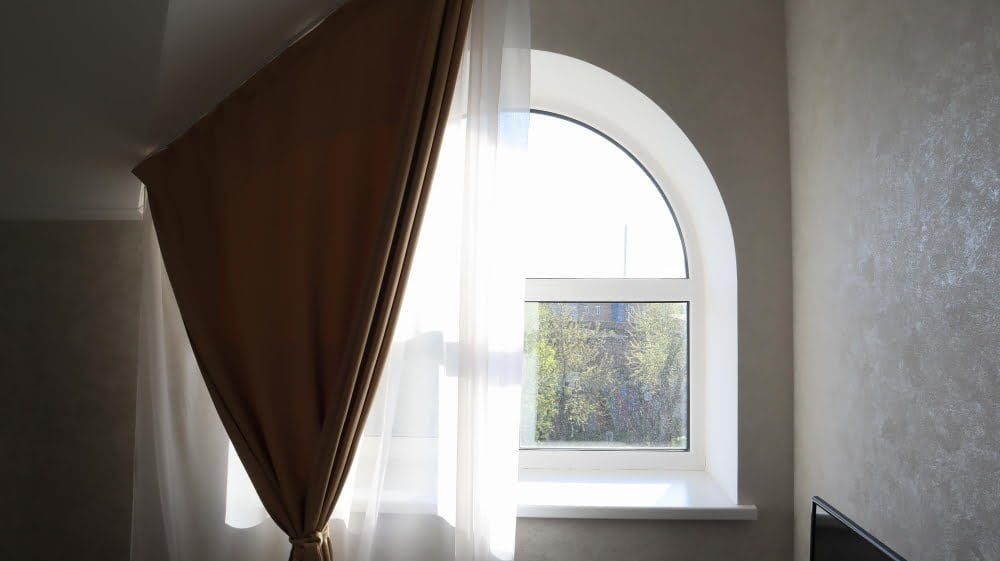
The most common types of mullion designs include the straight or rectangular shape, curved or arched shapes, and Gothic-style arches. Straight-line mullions are the simplest type of design that is commonly used in modern architecture.
They provide a clean look to windows without drawing too much attention.
Curved or arched-shaped window mullions add an elegant touch to any building’s exterior while providing structural support for larger windows. These types of window frames are often found in traditional homes with a classic architectural style.
Gothic-style arches have been around since medieval times and were popularized during the Gothic Revival period from 1830-1860s when architects began incorporating them into their designs as decorative elements on buildings’ exteriors.
In addition to these standard shapes, custom-designed window mullions can be created based on your specific preferences and needs. Whether you want something simple yet elegant or ornate with intricate details – there’s no limit to what you can achieve with custom-designed window frames!
Mullions Vs. Muntins
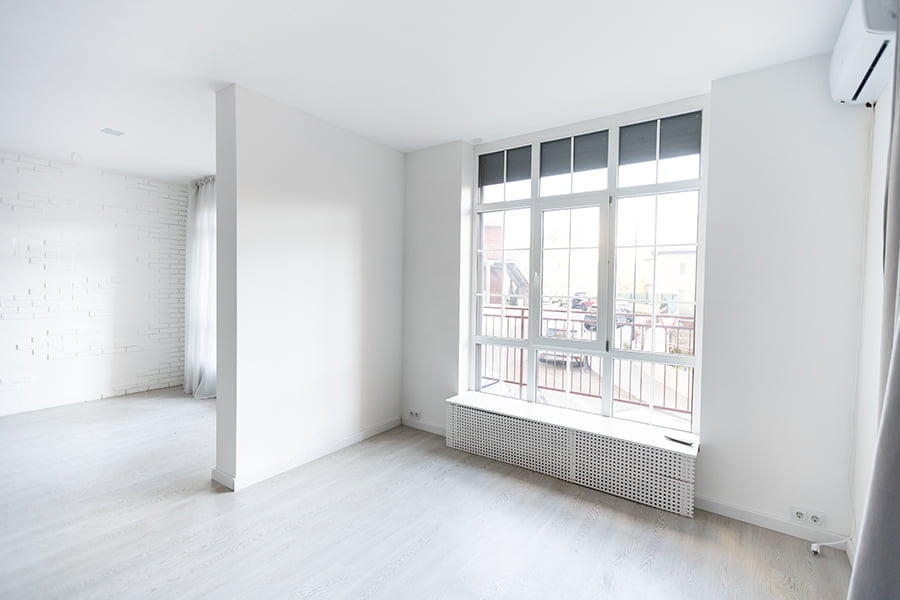
While both serve similar functions, there are some key differences between them.
A mullion is a vertical or horizontal bar that separates two or more panes of glass within the same frame. Mullions provide structural support for the window and help to divide larger windows into smaller sections.
On the other hand, muntins (also known as grids) are decorative elements that create smaller panes of glass within a single large pane. Muntins can be made from wood, vinyl or metal and come in various designs such as colonial-style grids with evenly spaced squares or diamond-shaped patterns.
Installation Process

The good news is that installing window mullions isn’t as complicated as it may seem. However, it’s essential to follow a few steps carefully.
Firstly, measure your windows and determine how many mullions you need for each one. Then order or purchase pre-made kits or have them custom made by a professional carpenter.
Next, remove any existing trim around your windows and clean the area where you’ll be installing the new mullion thoroughly.
Afterward, apply adhesive tape on both sides of where each vertical strip will go before placing them in position against your existing glass panes with screws at either end of every strip securing them into place firmly.
Add finishing touches such as caulking around all edges for added insulation and aesthetics purposes before painting over everything once dry if desired!.
Mullion Maintenance
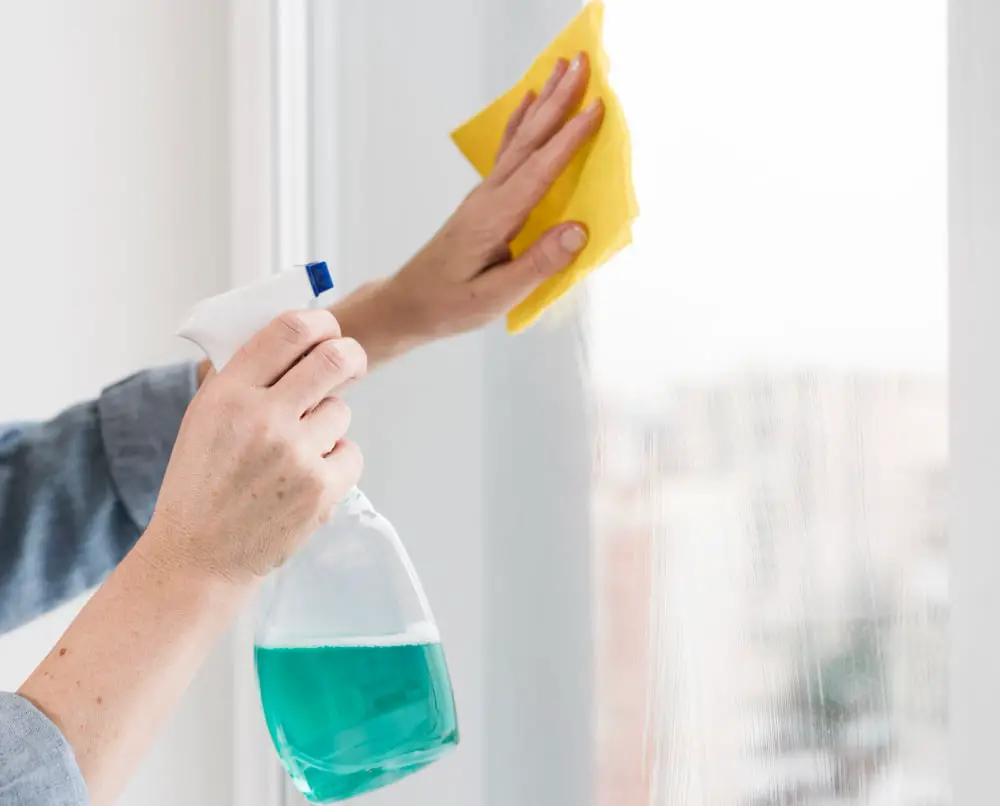
Proper maintenance ensures that your windows remain functional and aesthetically pleasing for years to come.
One crucial aspect of maintaining your window mullions is keeping them clean. Dirt, dust, and grime can accumulate on the surface over time, making them look dull or discolored.
To avoid this problem, use a soft cloth or sponge with mild soap solution to wipe down the surface regularly.
Another important factor in maintaining your window mullions is checking for any signs of damage such as cracks or chips. If you notice any issues with your mullions during cleaning or inspection processes, contact a professional immediately before they worsen.
Lastly but not leastly ensure proper lubrication by applying silicone spray lubricant at all joints where metal meets metal (avoid using oil-based products). This will prevent rusting while ensuring smooth operation when opening/closing windows.
Customization Options
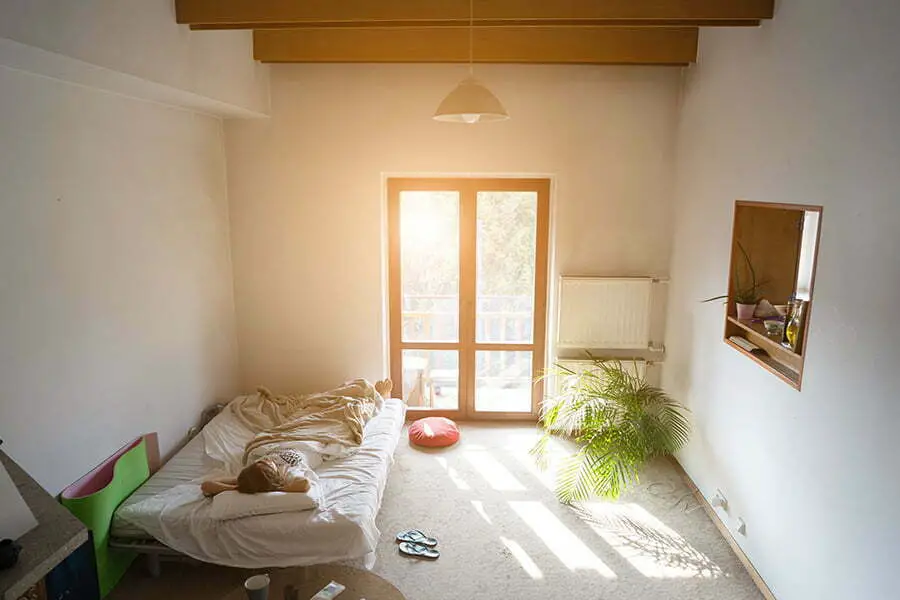
Homeowners can choose from a variety of materials, colors, and designs to create the perfect look for their home’s windows. Some popular materials include wood, vinyl, aluminum or fiberglass.
Customization options also extend beyond just the material used in construction. Mullion designs can vary greatly depending on personal preference and architectural style of your home.
For example, some homeowners may prefer a more traditional look with simple rectangular shapes while others may opt for more intricate patterns such as diamond or circular shapes.
Color is another important factor when customizing your window mullions. You can choose from an array of colors that complement your house’s exterior color scheme or go bold with contrasting hues that make a statement.
The Decline of Paned Windows
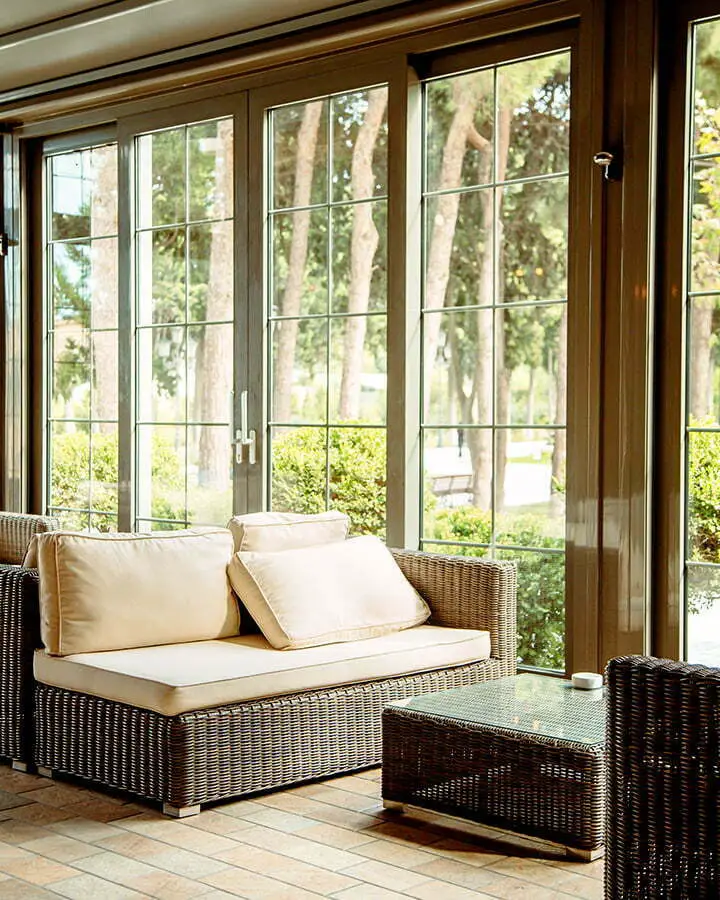
However, with the advent of modern technology and architecture, their popularity has declined in recent years. The traditional look of paned windows is no longer as desirable as it once was, and many homeowners are opting for simpler designs that offer more natural light.
One reason for this decline is the increased focus on energy efficiency in homes. Paned windows can be less efficient than single-pane options because they have more areas where air can escape or enter the home.
Some homeowners find that cleaning multiple panes can be time-consuming and difficult.
Despite these challenges to its popularity, there are still many benefits to using window mullions or grilles in your home’s design. They add character and charm to any room while providing an elegant touch that complements both traditional and contemporary styles alike.
Grilles As an Alternative to Muntins and Mullions
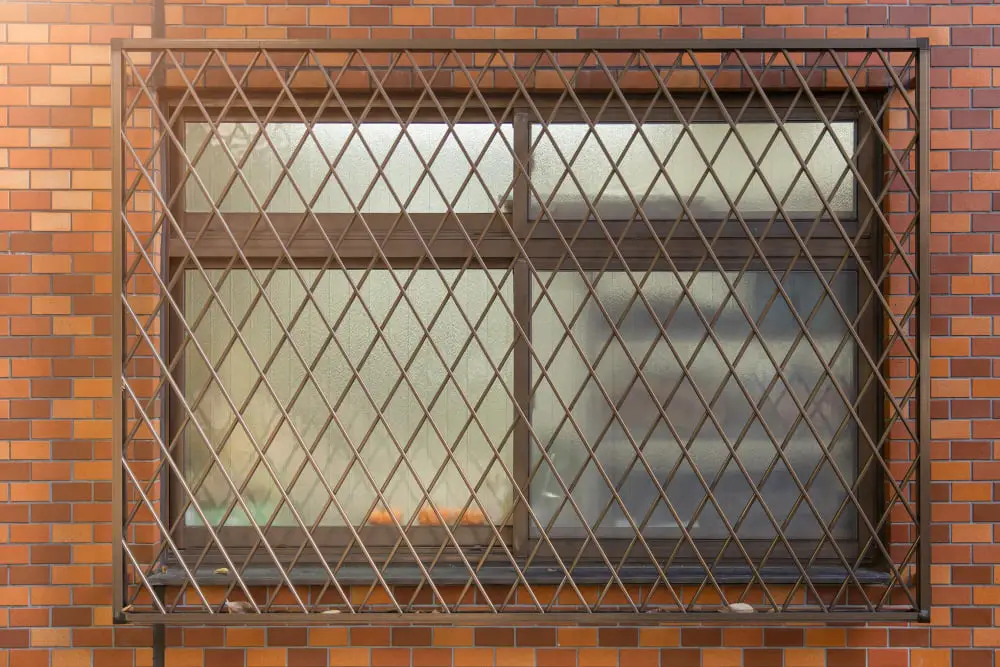
Grilles are thin strips of metal or wood that can be attached directly onto the glass surface of your window. They offer a similar aesthetic appeal as mullions but with less maintenance required.
One advantage of using grilles is that they don’t obstruct the view from your window like traditional panes do. This makes them ideal for homeowners who want unobstructed views while still maintaining some level of privacy.
Another benefit is that they’re easier to clean than traditional panes since you can simply wipe them down with a cloth or sponge without having to worry about getting into all those nooks and crannies between each pane.
Window Grille Construction
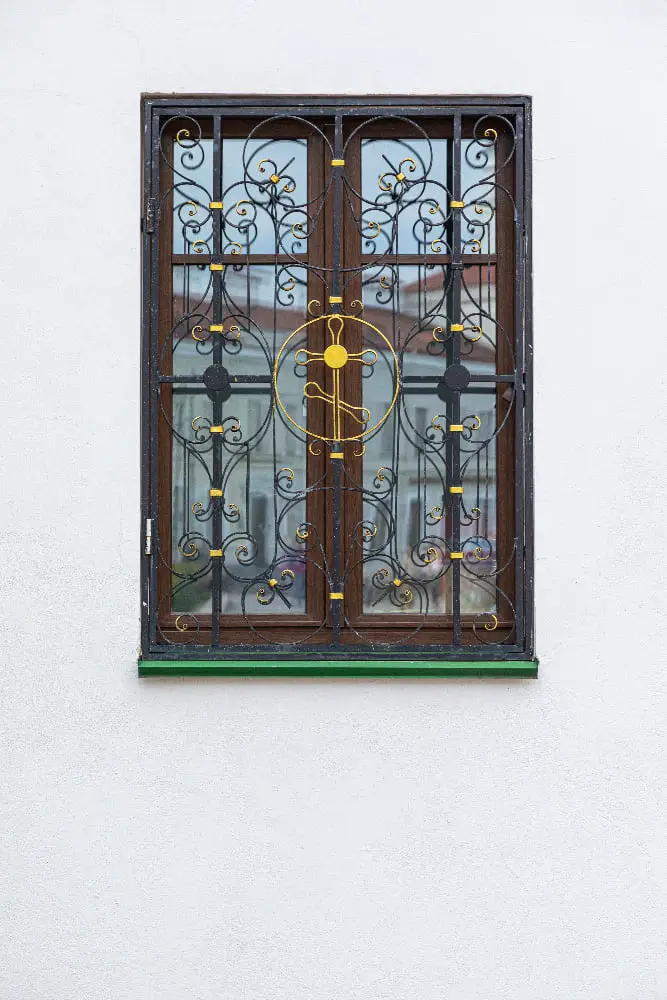
They offer a similar aesthetic appeal without the need for structural support or dividing the glass into smaller panes. Window grilles can be made from various materials, including wood, vinyl, aluminum, and fiberglass.
The construction of window grilles varies depending on the material used. Wood is a popular choice due to its natural beauty and versatility in design options.
Wooden grille bars are typically cut from solid pieces of wood or laminated together for added strength.
Vinyl is another common material used in constructing window grilles because it’s durable and low-maintenance compared to other materials like wood that require regular upkeep.
Aluminum is also commonly used as it offers excellent durability while being lightweight at the same time making installation easier than heavier alternatives such as steel or iron.
Fiberglass has become increasingly popular due to its resistance against weathering elements such as moisture which makes them ideal for coastal areas where saltwater corrosion can be an issue over time.
Should You Get Window Grilles?
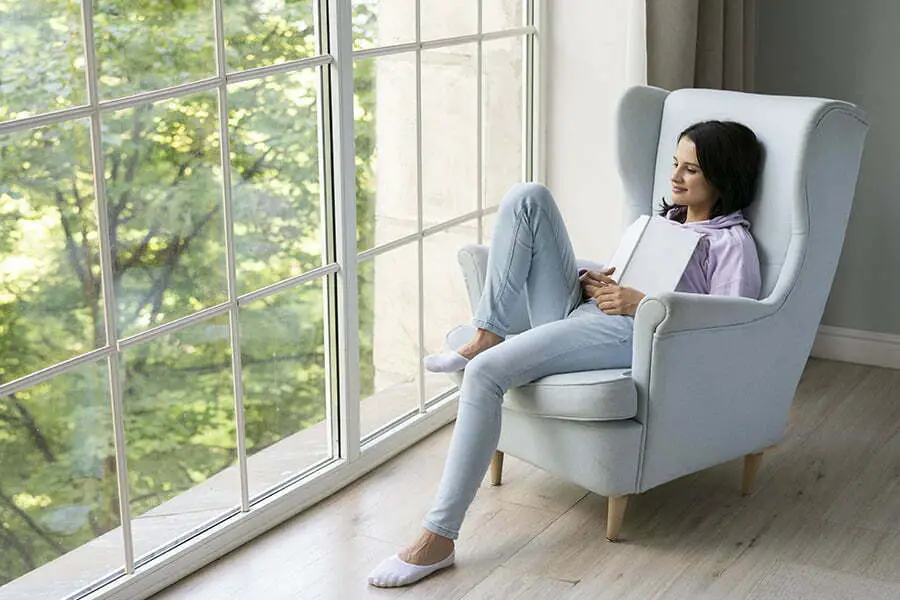
They are decorative elements that can be added to the exterior or interior of a windowpane, creating a pattern or design on the glass surface. Grilles come in various materials such as wood, vinyl, aluminum, and fiberglass.
If you’re looking for an affordable way to enhance your home’s curb appeal without sacrificing natural light flow into your rooms, then adding grilles might be worth considering. Window grills offer several benefits over traditional paned windows with mullions:
Firstly they provide more flexibility in terms of customization options since they can easily be removed if you want unobstructed views.
Secondly is their ease of maintenance; cleaning them is much easier than cleaning individual panes separated by wooden frames.
Thirdly is their cost-effectiveness compared to installing new windows with built-in mullions which could prove expensive depending on the size and number of windows involved.
Lastly but not least important benefit offered by grille installation is improved security against break-ins especially when made from sturdy materials like wrought iron or steel bars which make it difficult for intruders to gain access through open spaces between panels.
What Do Window Mullions Look Like?
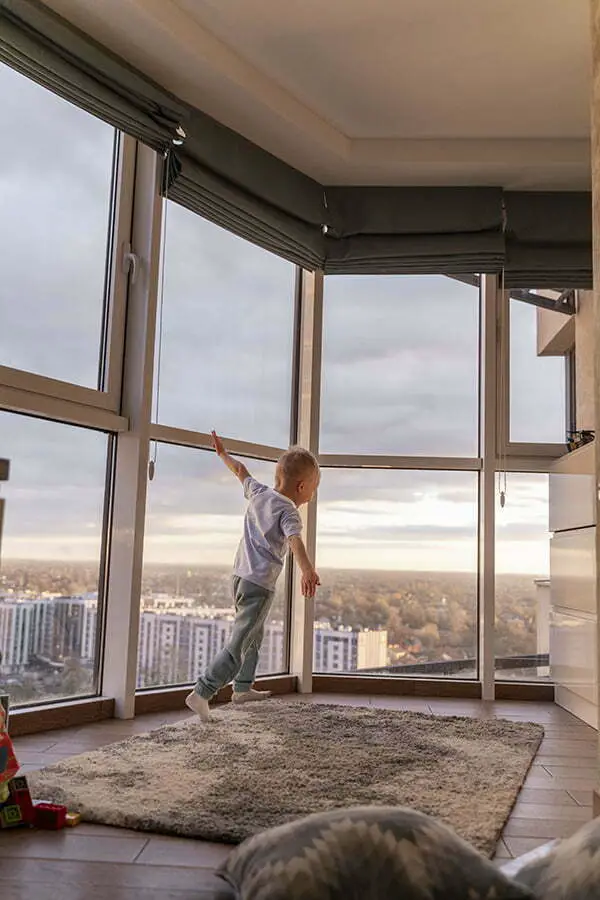
They can be made of various materials, including wood, vinyl, aluminum, and fiberglass. Mullions come in different shapes and sizes depending on the design of the window they’re used for.
Some mullions are thin and barely noticeable while others are thicker to create a more prominent visual effect. The shape of the mullion can also vary from simple straight lines to intricate designs such as curves or arches.
Mullions can be placed at regular intervals throughout a window or arranged asymmetrically for an artistic touch. Some windows have only one large pane with no visible mullion while others may have multiple small panes separated by several narrow bars.
Are Window Mullions Outdated?
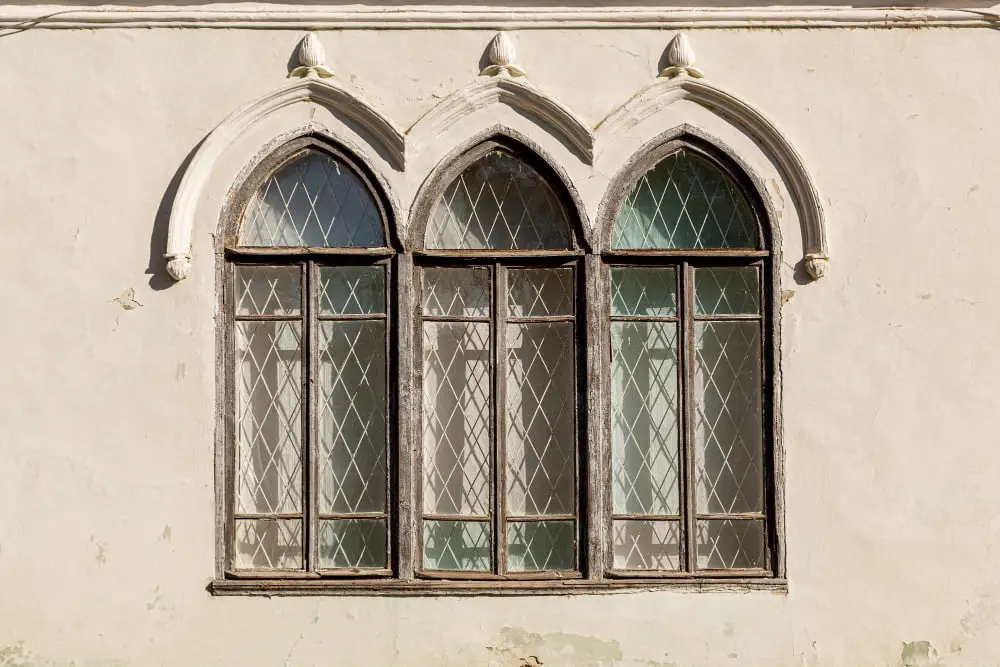
However, some people may wonder if they are outdated or no longer necessary. The answer is that it depends on personal preference and the style of your home.
While some homeowners prefer the clean look of unobstructed windows without any mullions or grilles, others appreciate the added visual interest that these features provide. Certain architectural styles such as colonial or Victorian homes often feature multiple panes separated by mullions.
Ultimately, whether you choose to include window mullions in your home’s design is up to you.
Can You Paint Window Mullions?
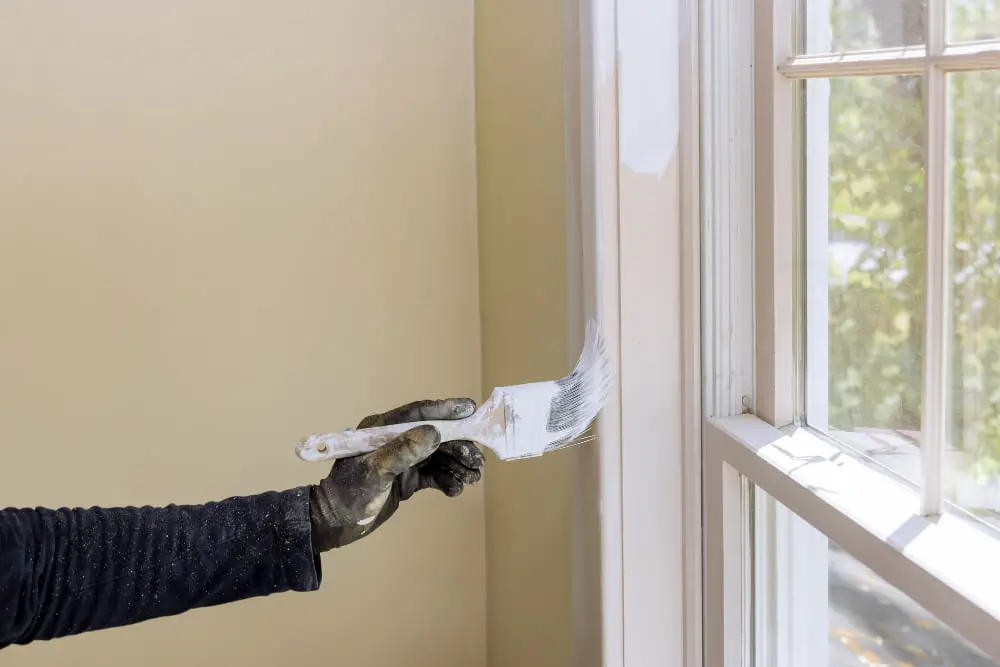
But can you paint window mullions? The answer is yes! Painting window mullions can be an easy and cost-effective way to give your windows a fresh new look without having to replace them entirely.
Before painting, make sure that the surface of the mullion is clean and free from any dirt or debris. You may need to sand down any rough spots or peeling paint before applying a coat of primer.
Once primed, apply two coats of high-quality exterior-grade paint in your desired color.
It’s important not only for aesthetic reasons but also for maintenance purposes that you use high-quality paints when repainting window frames and sashes as they are exposed constantly changing weather conditions such as rain, snowfall etc., which could cause damage over time if not properly protected with quality coatings.
Where Can I Buy Window Mullion Kits?
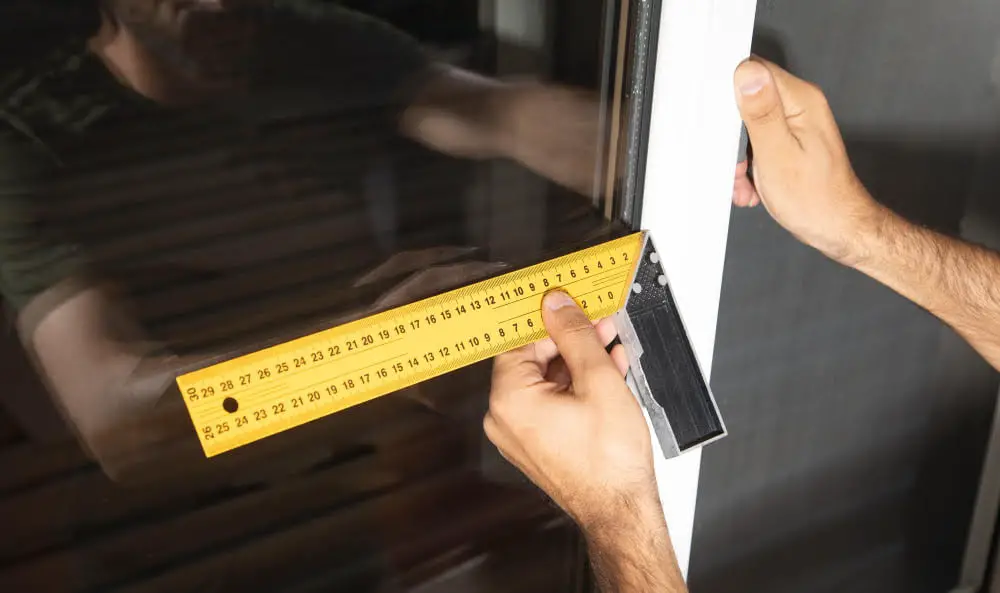
Fortunately, there are several options available for purchasing window mullion kits. Many hardware stores and home improvement centers carry a variety of styles and sizes of pre-made mullions that can be easily installed on your existing windows.
Another option is to order custom-made window mullions from a manufacturer or supplier specializing in architectural elements. This allows you to choose the exact size, style, and material that best suits your needs.
Before making any purchases, it’s important to measure the dimensions of your windows accurately so that you can select the right size for your new mullions. You should also consider factors such as color matching with existing frames or trim work when selecting materials.
Final Thoughts
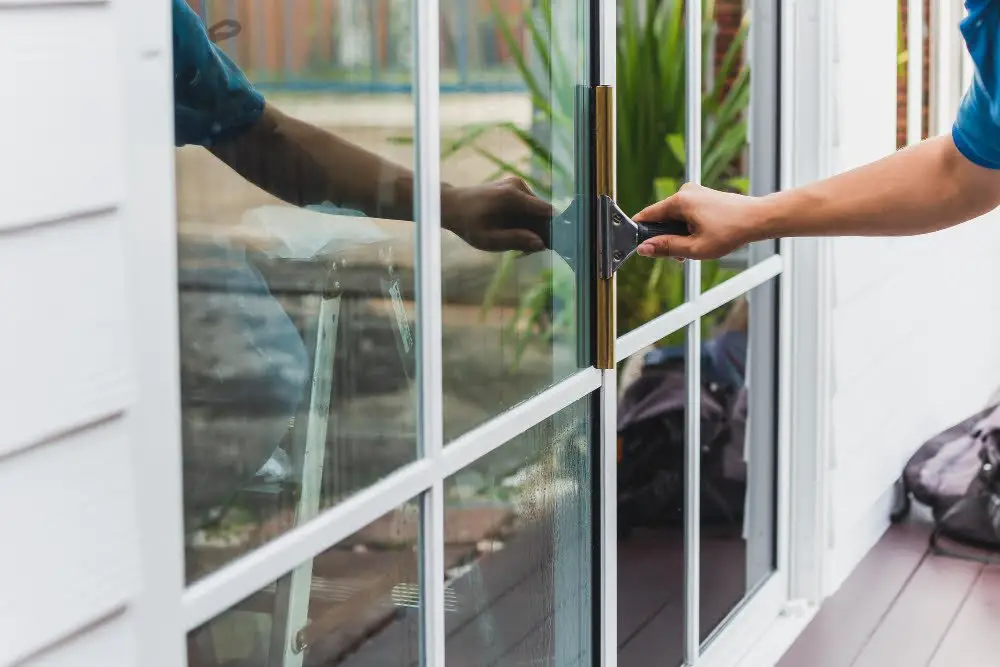
They serve both functional and aesthetic purposes, providing structural support to the window while also enhancing its visual appeal. From their historical background to modern-day customization options, we’ve covered everything you need to know about these fascinating features in this blog post.
While some may argue that mullions are outdated or unnecessary in today’s world of minimalist design and large glass panes, they remain a popular choice for homeowners who appreciate traditional architecture or want to add character and charm to their homes.
Whether you choose classic wood mullions or opt for more contemporary materials like aluminum or vinyl, there is no denying the impact that these small but mighty components can have on your home’s overall look and feel.
So if you’re considering upgrading your windows anytime soon, be sure not to overlook the importance of window mullions – they just might be the missing piece that ties your entire home together!.
FAQ
What is the difference between muntins and mullions?
Difference: Mullions are vertical shafts providing structural support between windows, while muntins are vertical and horizontal elements dividing a window’s glass into a grid.
What is a mullion in windows?
A mullion in windows is the vertical bar between the panes of glass.
What does a mullioned window look like?
A mullioned window looks like a window with vertical dividers (and occasionally thin horizontal dividers) that separate the opening.
What is the difference between a transom and a mullion?
The difference between a transom and a mullion is that mullions are vertical bars dividing windows, while transoms are horizontal bars running across the top or bottom of a window.
How do window mullions affect the structural integrity of a window?
“Window mullions enhance the structural integrity of a window by providing support and rigidity to the overall window frame and glass panes.”
In what architectural styles are window mullions commonly found?
Window mullions are commonly found in architectural styles such as Gothic, Tudor, and Georgian.
Can window mullions be easily replaced or modified for aesthetic purposes?
Window mullions can be easily replaced or modified for aesthetic purposes.
Related Stories
- Parts of a Window: Comprehensive Guide to Window Components & Terminology
- Clad Window: Comprehensive Guide on What It Is & Its Advantages
- What Is a Window Jamb?
- What Is a Picture Window?
- How Much Does a Bay Window Cost? [Solved]
Recap
